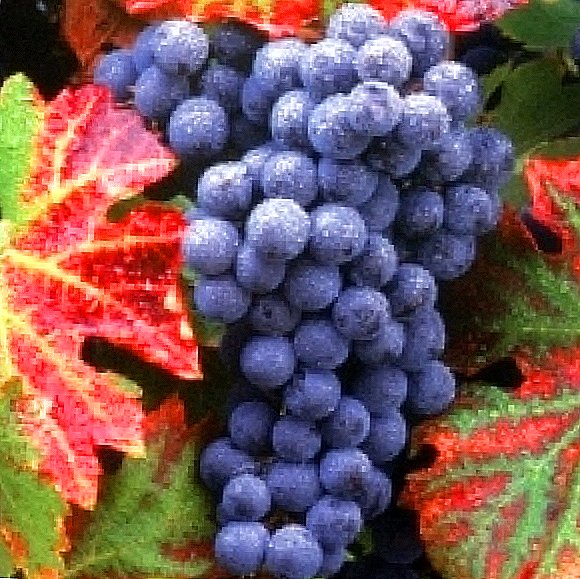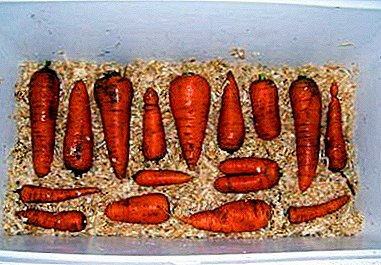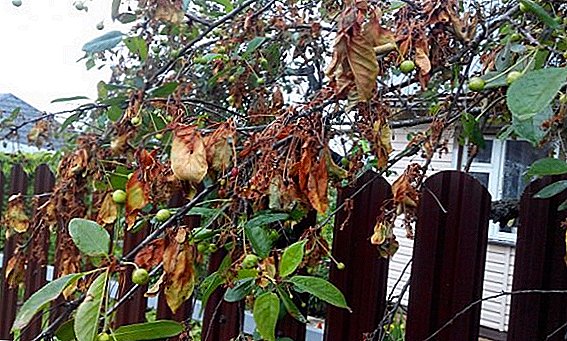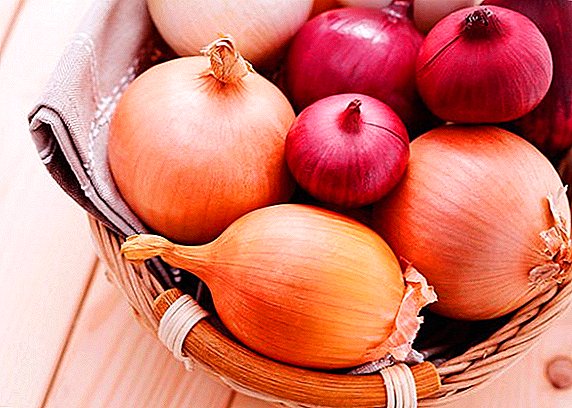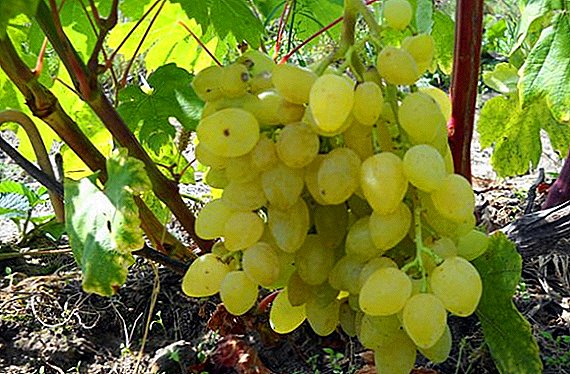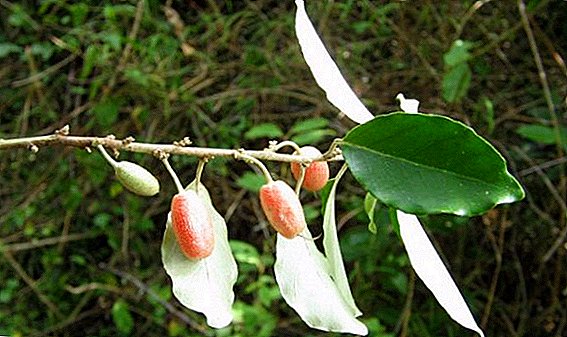 Often you can hear from the expression "Loch Chile". There are not the most pleasant associations, but what a surprise comes when you find out that the sucker is a plant. In this article we consider its description, types and features of care.
Often you can hear from the expression "Loch Chile". There are not the most pleasant associations, but what a surprise comes when you find out that the sucker is a plant. In this article we consider its description, types and features of care.
Botanical description
The loch is a genus of plants of the family Lochaceae, of the order Rosaceae. They also call it "pshat" and "djid". It is found in Europe, North America, China, Japan, Indonesia. Life form: shrubs or trees from 3 to 7 meters high. There may be both evergreens and deciduous plants. Often have thorns. Young shoots in each species have their own color: from silver to dark gray.  Leaves: simple, long-stalk, linear or oblong-lanceolate, entire. Stipules are absent. Venous cirrus. Placed in series. Covered with hairs, giving the leaves a light green, silver shade.
Leaves: simple, long-stalk, linear or oblong-lanceolate, entire. Stipules are absent. Venous cirrus. Placed in series. Covered with hairs, giving the leaves a light green, silver shade.
Flowers: blooms in June. Flowers placed in the axils of the sheets. They are small, can be single or in bundles. The cup may be yellow, greenish-yellow, white. Bisexual flowers, four stamens, one womb. They have a very strong smell that resembles caramel. Honey plants.
Fetus: ripens in August and October. Drupe red, often oblong-ovate, with an elliptical bone. Pulp sweetish taste.
Fruits are eaten both raw and dry. Some nations cook from them kissel. Fruits - a real treasure of nutrients. Here there is glucose, sucrose, fructose, vitamin C, tannin, salts of phosphorus and sodium. Therefore, they are very good for health, help with diseases of the stomach and intestines, have a good effect on the heart system. The ancient healers of China and Indonesia, where the Indian goof plant grows, knew about these properties of the Jida. 
Loch Chile: truth or fiction?
So, we figured out that the genus Loch exists. But among its species there is no Chilean Loch plant, because it is fiction. Dzhida, as mentioned above, is in North America, but not in South. It is still unknown where this name came from.
Did you know? In the East, there is a mystery about pshat: "The miracle tree is standing, the silver light is streaming."
Types of sucker
There are about 98 species (according to The Plant List (2013)). The most famous are:
- Loch silver (Elaeagnus commutata);
- Indian (Elaeagnus indica);
- narrow-leaved (Elaeagnus angustifolia);
- many-flowered (Elaeagnus multiflora);
- umbrella (Elaeagnus umbellata);
- prickly (Elaeagnus pungens).
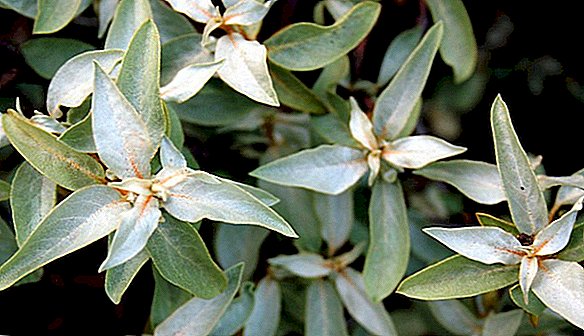


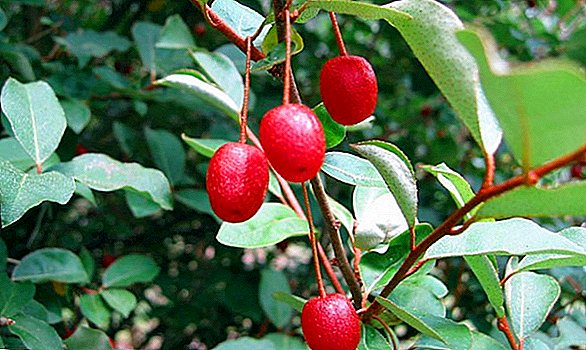


Did you know? There is a belief that on June 22, the fruits of pshat "go" to Mecca. There on their bones appears the sign "Aleph". After that, they return to ripen on their tree.
General landing rules
Pshat need to plant in the place where a lot of lightalthough light shade is allowed. You need to plant the seedlings in the middle of spring, the seeds - in the fall (you can also in the spring, but then you will need to hold the seeds in water for 4-7 days). Most often dzhidu planted seedlings, so consider the planting scheme.
The plant is not fastidious to the soil. To begin with, dig a hole about 50 cm in diameter. Before planting, a mixture of compost, sand, double superphosphate, fertilizer with nitrogen and wood ash is added to the pit. When planting, the root collar is deepened into the ground by 5-6 cm. In the first days, abundant watering is required. 
Plant Care
When the seedling is stronger, watering should be done moderately. Twice a year you need to cut the sucker, as it grows very quickly. Clean weak, broken, sick and just untidy shoots.
Important! When the tree is 15 years old, you need to spend rejuvenating pruning.
Also, once a year you need to fertilize the plant with superphosphate, potassium salt, wood ash. To do this, dig a tree trunk around the tree and apply fertilizer there, then water it abundantly. In the summer, peat mulching is recommended.
When frosts are recommended to cover the tree.  It is necessary to loosen the ground once a week, while removing weeds. Remember: pshat reacts negatively to their presence.
It is necessary to loosen the ground once a week, while removing weeds. Remember: pshat reacts negatively to their presence.
Important! The sucker maintains temperature to-18 degrees.
As you can see, the plant is interesting and unpretentious in the care. It will make your garden bright and unusual.



